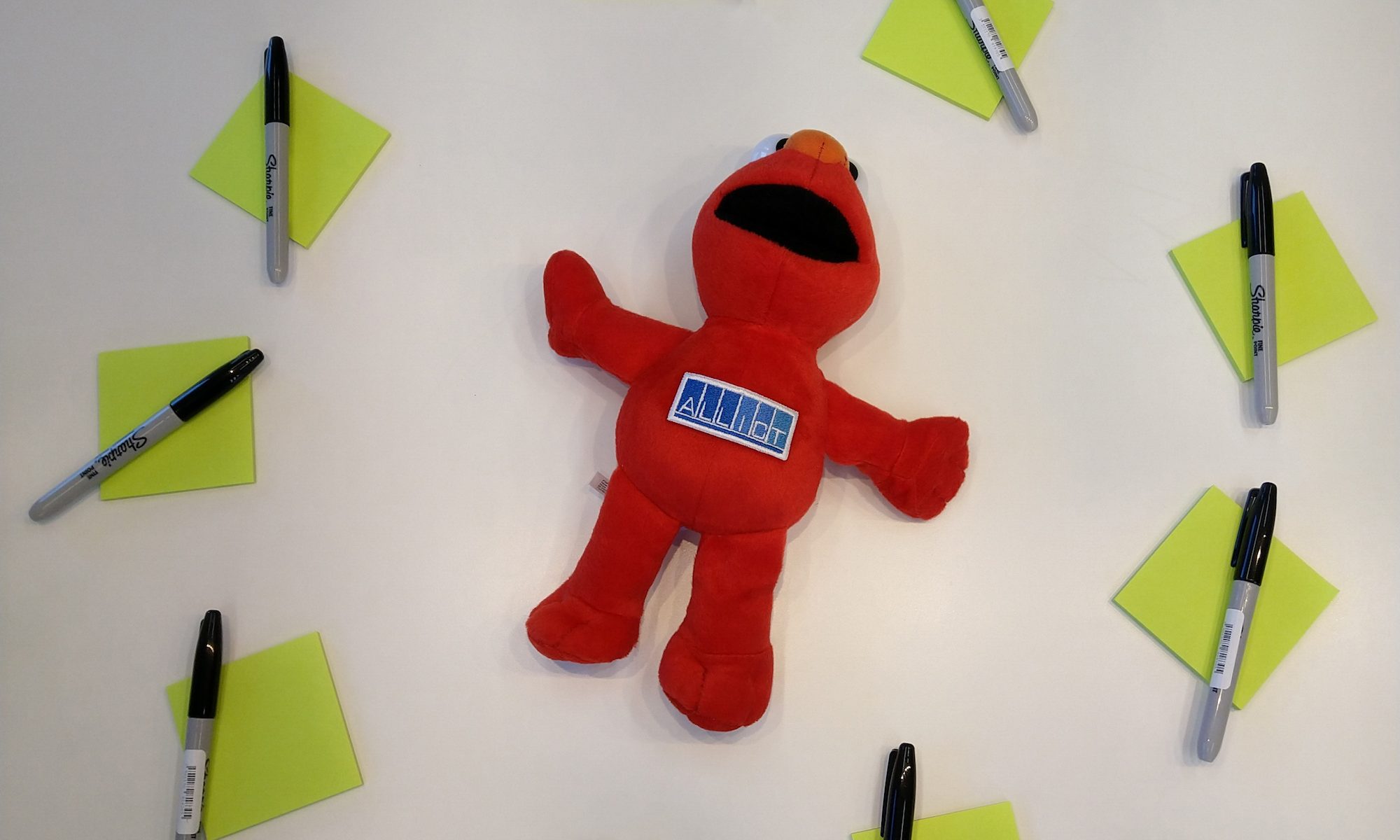WIP It Real Good
In his article “WIP It Real Good,” John Cutler examines the systemic challenges organizations face when attempting to reduce high levels of work-in-progress (WIP). He identifies common adaptations—such as excessive handoffs, reliance on shared resources, and a culture of saying “yes”—that, while initially beneficial, become entrenched obstacles to efficiency and focus. Cutler emphasizes that these issues are deeply rooted in organizational structures and mindsets, making change difficult. To address this, he proposes a series of reflective questions aimed at uncovering and challenging these ingrained practices, thereby fostering a more sustainable and effective workflow.
https://www.linkedin.com/pulse/wip-real-good-john-cutler-bhwlc
Kanban Must Evolve in the Age of AI
In his article “Kanban Must Evolve in the Age of AI,” Jurgen Appelo argues that traditional Kanban boards, with their linear workflows, are inadequate for today’s AI-driven, nonlinear processes. Using examples from video editing, book publishing, and dining, he illustrates how modern workflows are complex and dynamic, defying simple sequential visualization. Appelo suggests that organizations should adopt flexible, AI-optimized systems that can handle the intricacies of contemporary value streams, moving beyond static boards to more adaptive, automated solutions.
https://substack.jurgenappelo.com/p/kanban-must-evolve-in-the-age-of
Why Projects Get Delayed and How to Solve It in 4 Steps
Should we go back to estimation using ideal days?
6 Common Mistakes When Using Spikes
7 facilitation tips to start your Scrum Team
Radical Product Thinking
Lean and Agile are like a fast car, it helps you iterate faster, but it does not give you a clear vision and strategy.
Most companies run into Product Diceases:
- Strategic Swelling: The product tries to do too much for too many users – unfocused efforts, weak value proposition.
- Obsessive Sales Disorder (OSD): Features delivered for individual customers – fragmented product, distracted engineers.
- Narcissus Complex: Looking inwards and focusing on our own needs – disconnected from customer needs.
- Hypermetricemia: Obsession with metrics and analytics – incremental product improvement, stuck in local maxima.
And have Digital Pollution: Collateral damage from our products.
A good vision is not a short slogan or BHAG. Your vision should articulate:
- Who: Whose world are you changing?
- What: What does their world look like today?
- Why: Why does their world need to change?
- When: When will you know that you’ve arrived?
- How: How are you going to change it for them?
Product Strategy (RDCL):
- Real Pain Points – What do businesses need in the oasis?
- Design – What does our solution look like?
- Capabilities – How do we enable those capabilities?
- Logistics – How do we deliver it?
Radical Product helps you define and communicate what you are building and why.
Lean and Agile help you execute, learn and iterate under uncertainty.
Navigating Complexity aka Cynefin for Dummies


